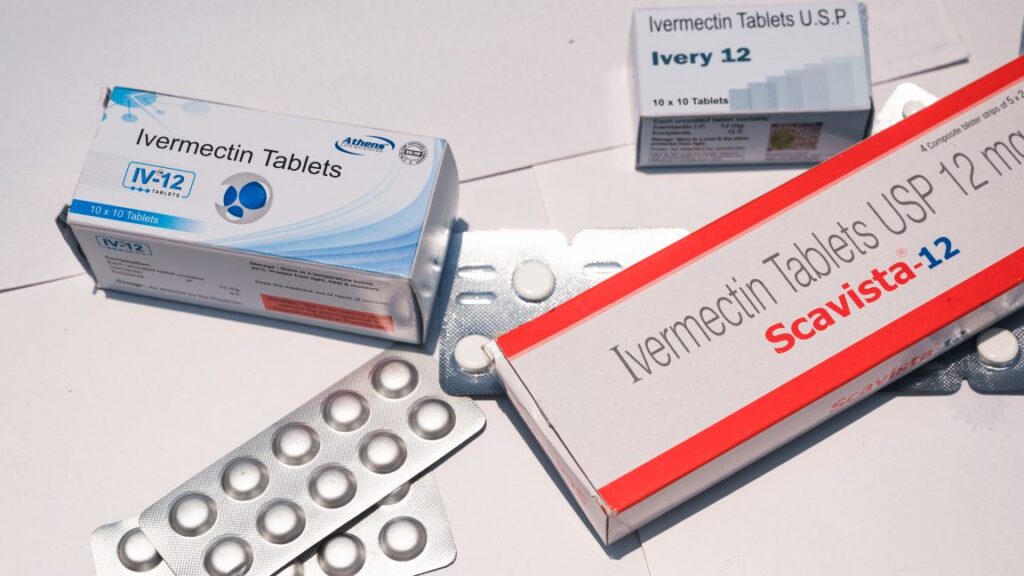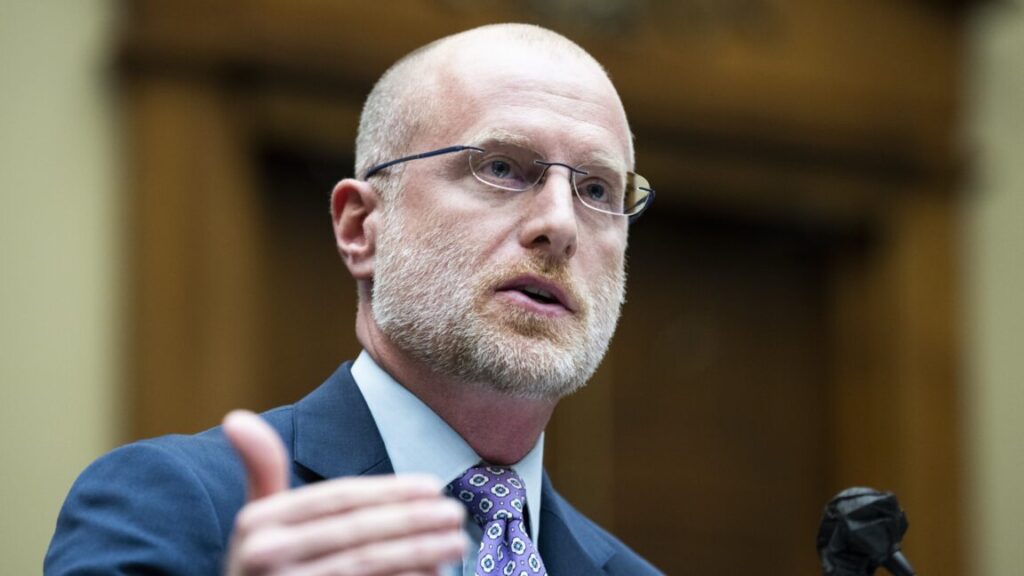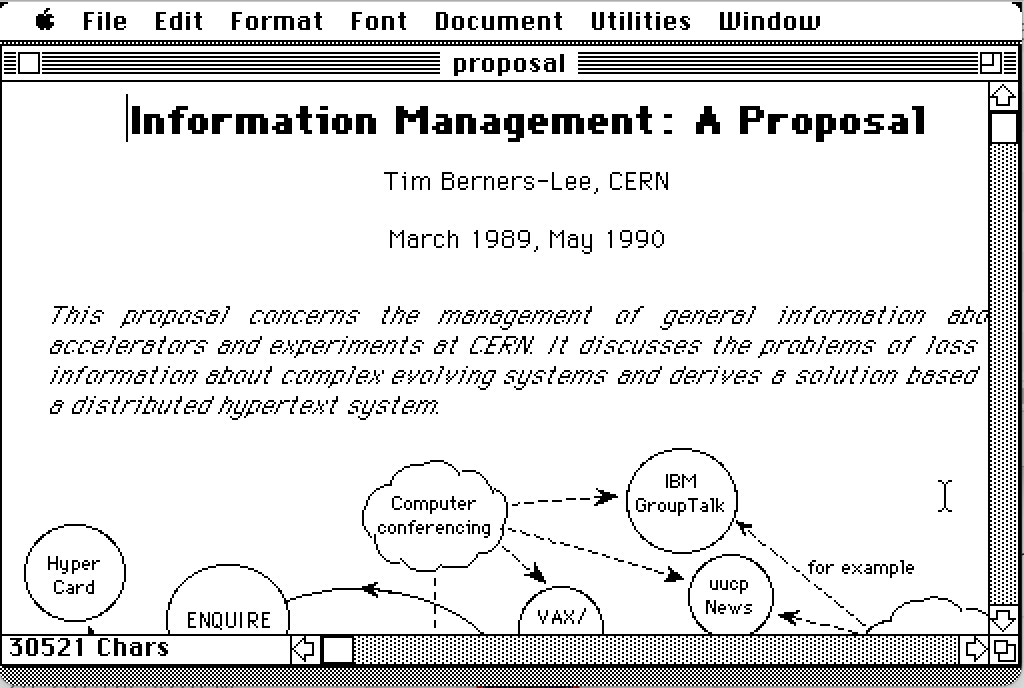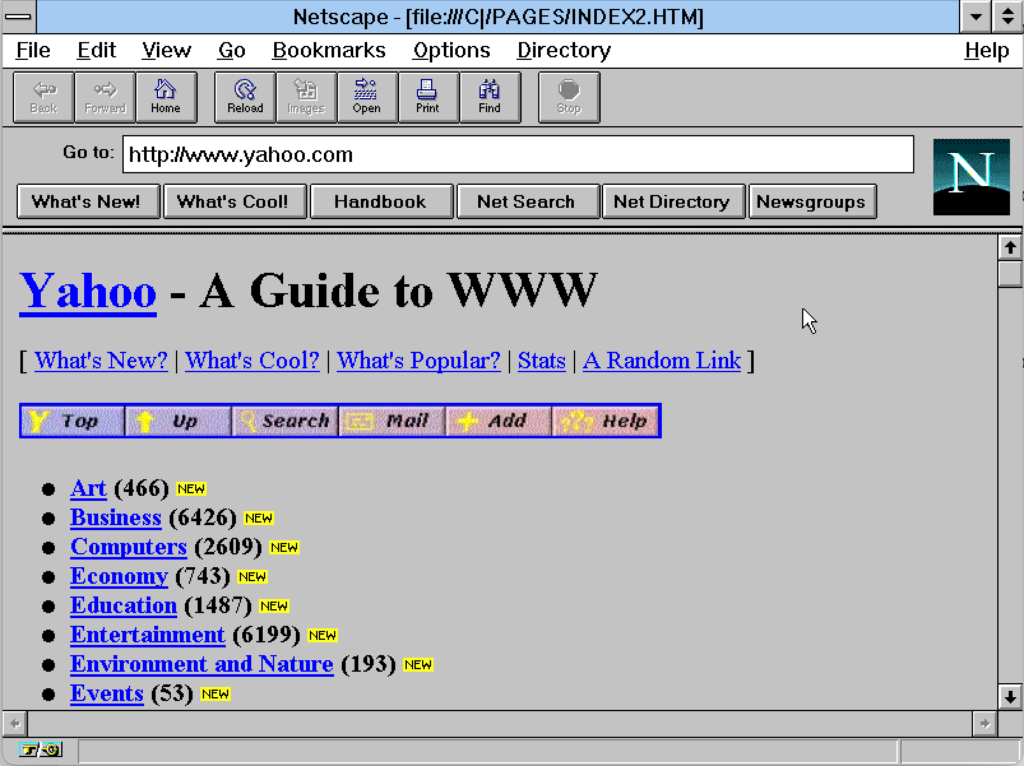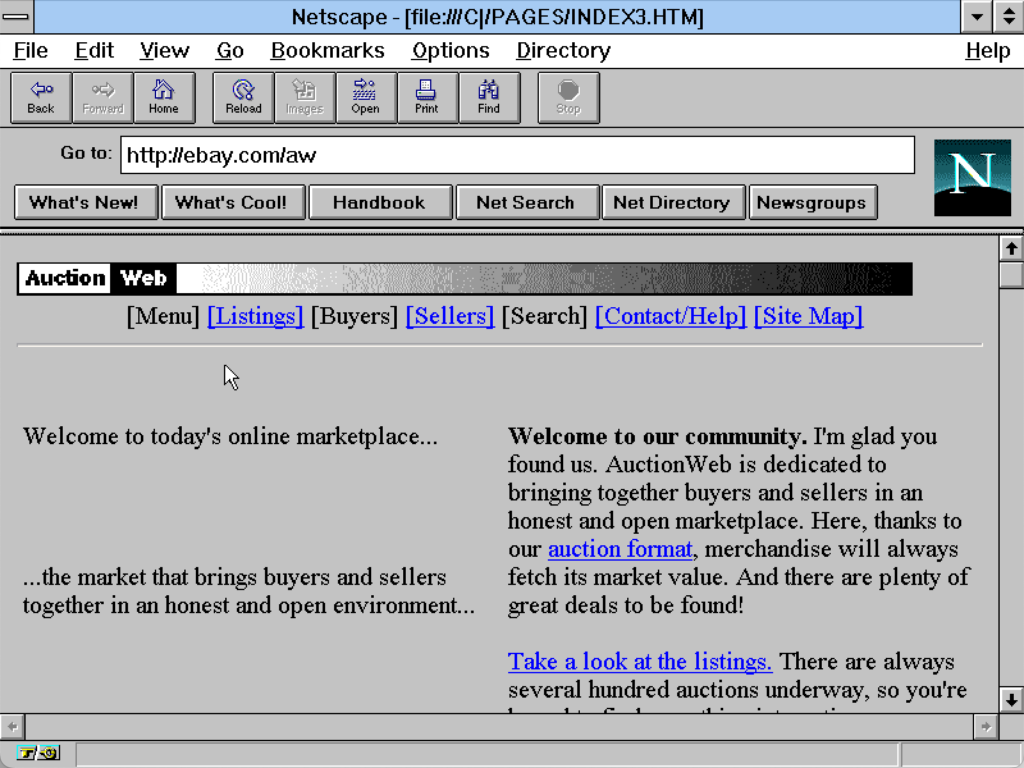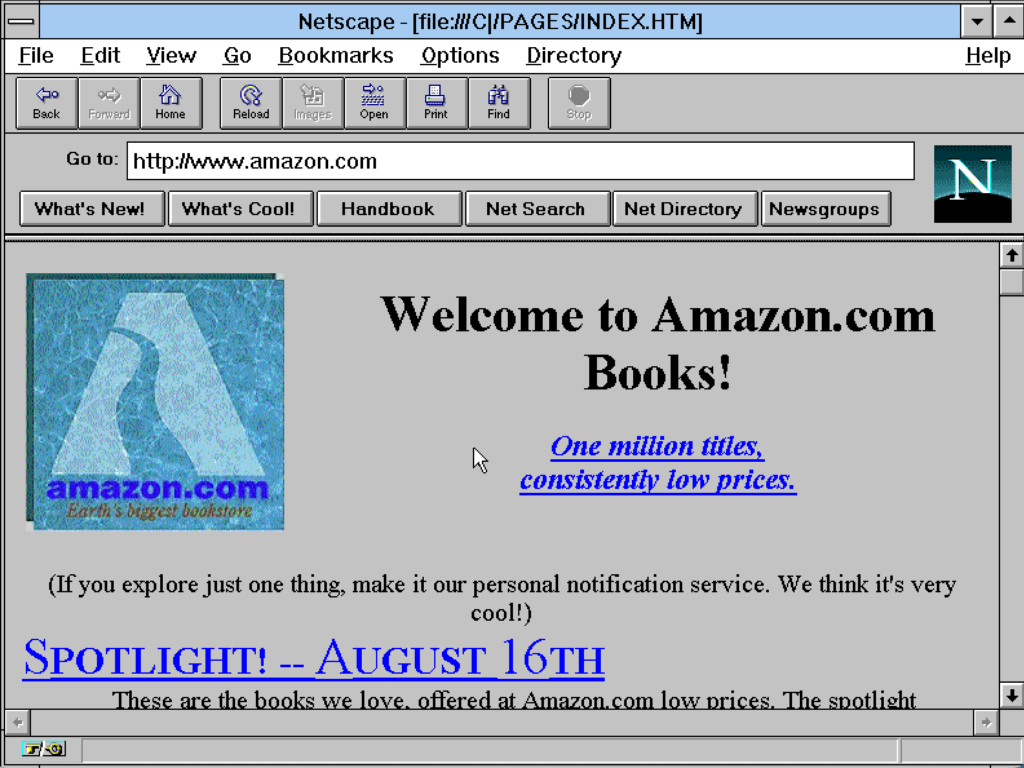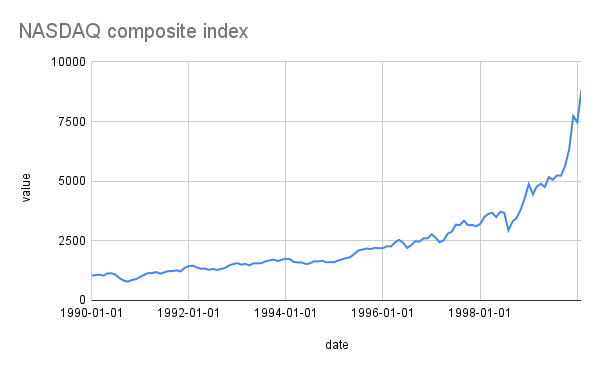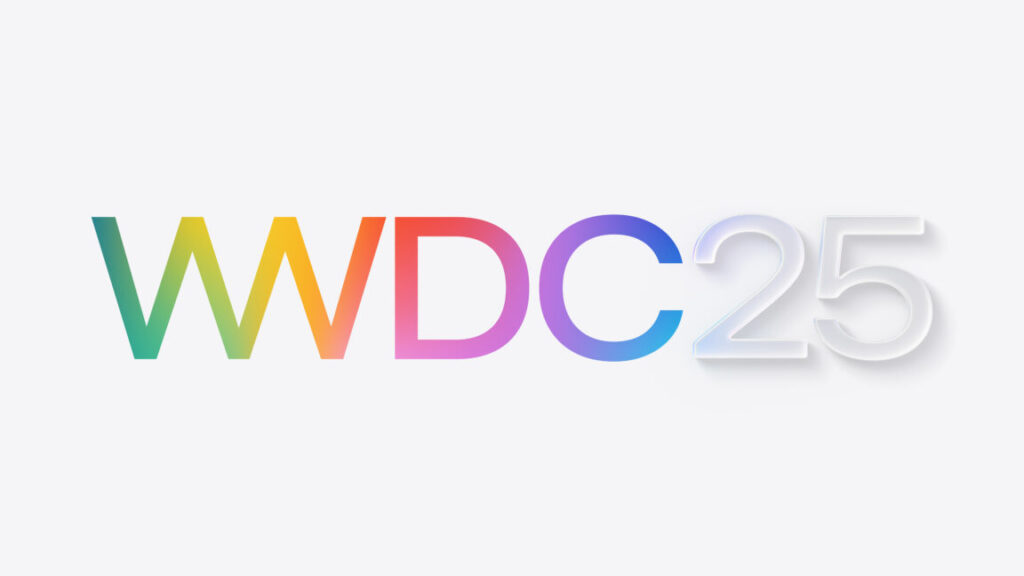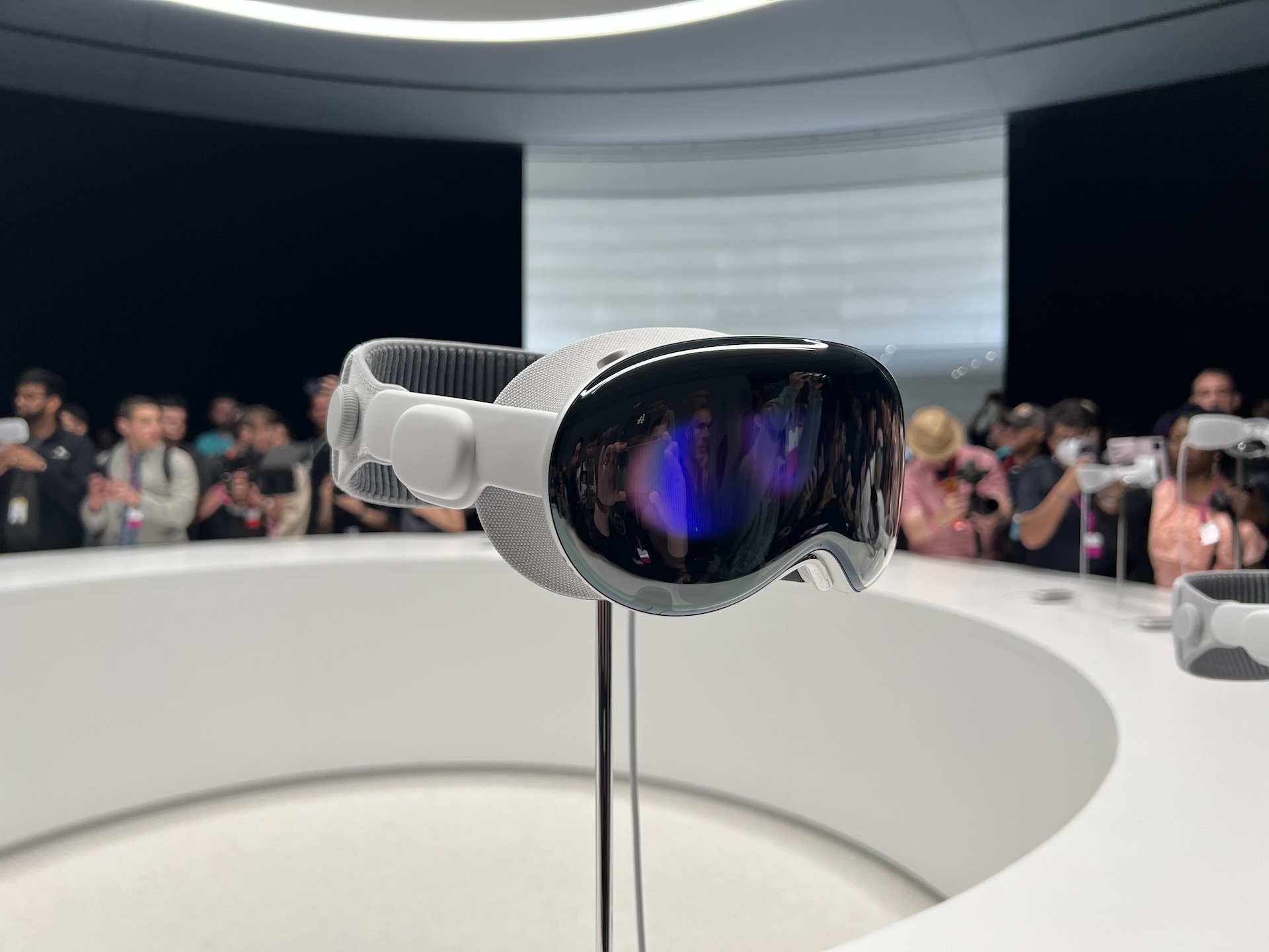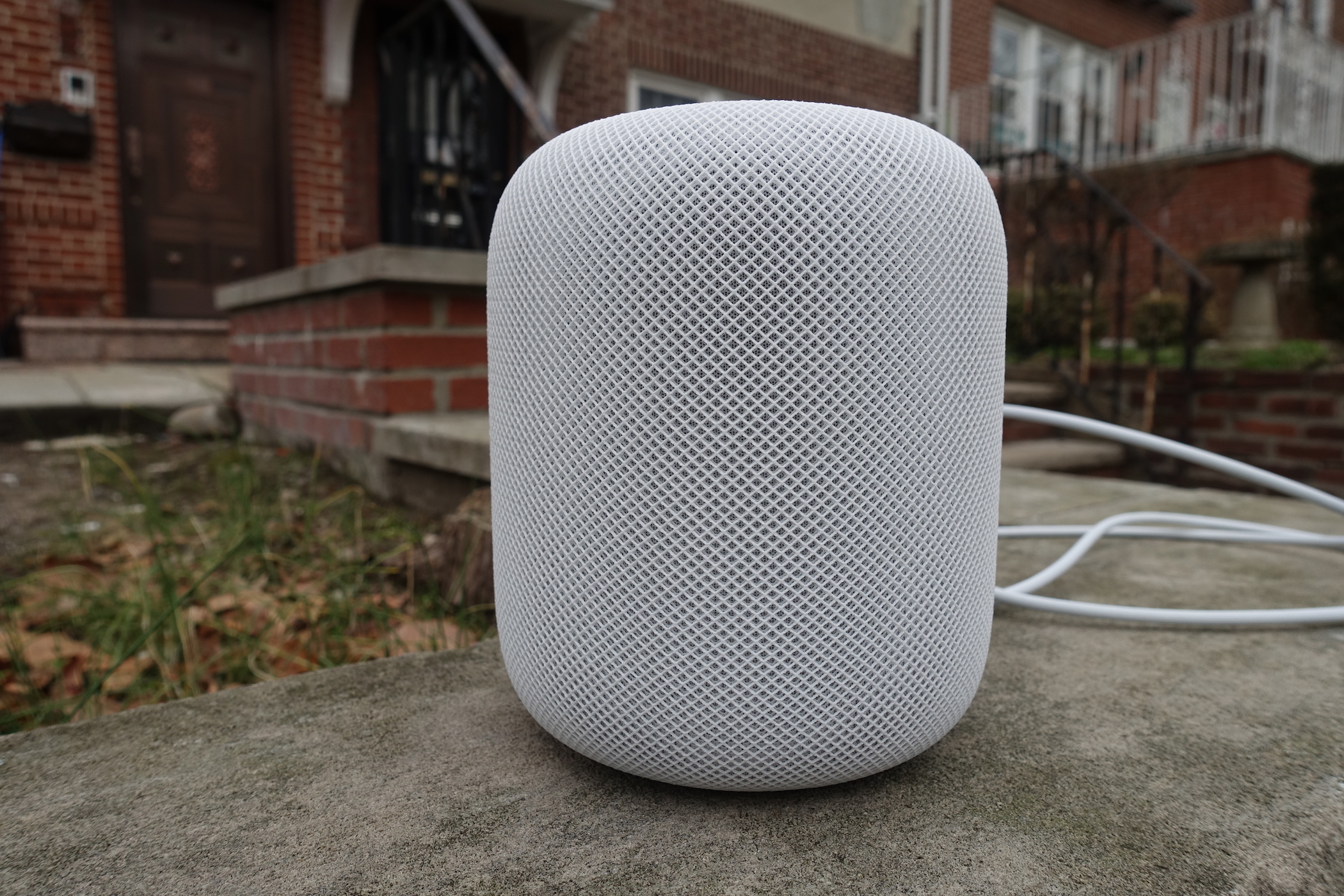Fair or fixed? Why Le Mans is all about “balance of performance” now.
Last year’s data plus plenty of simulation are meant to create a level playing field.
LE MANS, FRANCE – JUNE 10: The #35 Alpine Endurance Team Alpine A424 of Paul-Loup Chatin, Ferdinand Habsburg-Lothringen, and Charles Milesi sits among the 2025 Le Mans entry for a group picture on the main straight at the Circuit de la Sarthe on June 10, 2025 in Le Mans, France. Credit: Ker Robertson/Getty Images
LE MANS, FRANCE – JUNE 10: The #35 Alpine Endurance Team Alpine A424 of Paul-Loup Chatin, Ferdinand Habsburg-Lothringen, and Charles Milesi sits among the 2025 Le Mans entry for a group picture on the main straight at the Circuit de la Sarthe on June 10, 2025 in Le Mans, France. Credit: Ker Robertson/Getty Images
This coming weekend will see the annual 24 Hours of Le Mans take place in France. In total, 62 cars will compete, split into three different classes. At the front of the field are the very fastest hypercars—wickedly fast prototypes that are also all hybrids, with the exception of the V12 Aston Martin Valkyries. In the middle are the pro-am LMP2s, followed by 24 GT3 cars—modified versions of performance cars that include everything from Ford Mustangs to McLaren 720s. It is racing nirvana. But with so many different makes and models of cars in the Hypercar class, some two-wheel drive, others with all-wheel drive, how do they ensure it’s a fair race?
Get ready for some acronyms
Sports car racing can be (needlessly) complicated at times. Take the Hypercar class at Le Mans. The 21 cars that will contest it are actually built to two separate rulebooks.
One, called LMH (for Le Mans Hypercar), was written by the organizers of Le Mans and the World Endurance Championship. These prototypes can be hybrids, with the electric motor on the front axle: Ferrari, Peugeot, and Toyota have all taken this route. But they don’t have to be; the Aston Martin Valkyrie already had to lose a lot of power to meet the rules, so it just relies on its big V12 to do all the work. Most of the cars are purpose-built for the race, but Aston Martin went the other route and converted a road car for racing.
The other is called LMDh (Le Mans Daytona hybrid) and hails from the US, in the rulebook written for the International Motor Sports Association’s GTP category. As the name suggests, these cars must be hybrids, and all must use the same specified motor, battery, and gearbox. LMDh cars also all need to start off using one of four approved carbon-fiber chassis (or spines), onto which automakers can style their own bodies and add their own engines. Alpine, BMW, Cadillac, and Porsche all have LMDh cars entered in this year’s Le Mans.
Convergence
In a parallel universe, the result would be two competing series, neither with many cars on the grid. But the people at IMSA get on pretty well with the organizers of Le Mans (the Automobile Club de l’Ouest or ACO) and the World Endurance Championship (the Fédération Internationale de l’Automobile, or FIA), and they decided to create a way to allow everyone to play together in the same sandbox.
“2021 [was] the first year with LMH, and at that time, the only big manufacturer involved was Toyota; Glickenhaus was there at the time, but there were not many manufacturers, let’s say, interested in that kind of category,” said Thierry Bouvet, competition director at the ACO.
“So together with IMSA, while the world was [isolating] during the pandemic, we basically wrote a set of technical regulations, LMDh which was, on paper, a little bit of a different car [with] more focus on avoiding cost escalation. After a couple of years of writing those regulations, we had an interesting process of convergence, we call it, to be able to have the LMH and LMDh racing together,” he said.
It’s not the first time that different cars have competed against each other at Le Mans. Before Hypercar, the top category was called LMP1h (Le Mans Prototype 1 hybrids), which burned brightly for a few short years but collapsed under the weight of F1-level budgets that proved too much for both Audi and Porsche, leaving just Toyota and some privateers. LMP1h used a complicated “Equivalence of Technology,” but now the approach, first perfected with the slower GT3 cars, is called Balance of Performance, or BoP.

The race starts at 10 am ET on Saturday, June 14. Credit: Ker Robertson/Getty Images
Obviously, none of the automakers behind the LMDh teams would have entered the race if they thought only LMH cars had a chance of winning overall.
“So it went through a couple of long and very interesting—in terms of technique, technically speaking—simulation working groups, where we involved all the manufacturers from both categories, and we believe we achieved… a nice working point in the middle, which allows both cars to be competitive, through the different restrictions, through BoP and so on. Now we feel that we’ve got a really fair and equitable working point,” Bouvet said. As evidence, he pointed to the fact that last year Toyota took the World Endurance Championship for constructors, but Porsche’s drivers cemented the WEC driver’s title, with Ferrari winning Le Mans.
Imma hit you with the BoP gun
The rules limit both the amount of downforce and the amount of drag that the cars can generate from their bodywork, which have to be in the ratio of 4:1; this prevents any one manufacturer from having a massive advantage in terms of cornering grip or fuel efficiency. From there, the BoP gets more granular, setting maximum weight and power outputs (above and below 250 km/h), the maximum amount of energy allowed to be sent to the wheels between pit stops, as well as any extra time added to pit stops.
Weighing cars is easy, and timing them in pit stops is old hat, too. But the advance here is the torque sensors at each axle that feed back data to the race officials, letting them know exactly how much power each car is deploying to its wheels.
“We had to think of something which will work independently, whether it’s hybrid power or internal combustion engine power. Should we think about fuel only? That will only be concerning, obviously, the internal combustion engine and not do the job for the hybrid system. So, power at the wheel is a nice and elegant solution,” he said.

The Aston Martin Valkyrie is the only road-going hypercar to be entered into the Hypercar category at Le Mans. Credit: ames Moy Photography/Getty Images
For the World Endurance Championship, BoP is calculated on a rolling average of the last three races, with some OEMs getting a little more weight or a little less power if necessary. While the 24 Hours of Le Mans counts as a round of the WEC, it’s open to other entrants as well, and BoP works a bit differently. Instead, Bouvet and his team based this year’s BoP on data from last year’s 24-hour race, plus the simulations he mentioned. This is done to prevent teams from sandbagging in the races that lead up to their most important race of the year
As the newest and least competitive car, the Valkyrie gets the biggest break, with a minimum weight of just 2,271 lbs (1,030 kg) and a maximum power of 697 hp (520 kW). The Toyota GR010—which won the race in 2021 and 2022—can also deploy 697 hp but at a minimum weight of 2,321 lbs (1,052 kg), more than any other car in the class.
No process is perfect, and there is little that racing fans like to complain about more than BoP, which some feel makes racing too artificial, or even fixed. You’re unlikely to hear complaints about it from competitors at Le Mans, though—criticizing BoP is not allowed in WEC, although both Porsche and Toyota have recently expressed their feelings about BoP within those strictures.
The first qualifying session for this weekend’s race took place earlier today, sorting out the 15 fastest Hypercars that will compete later this week to see who leads the pack to the start line on Saturday.
Fair or fixed? Why Le Mans is all about “balance of performance” now. Read More »




